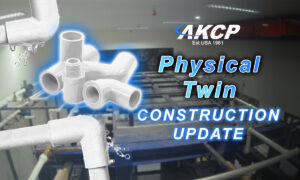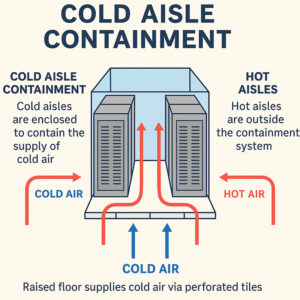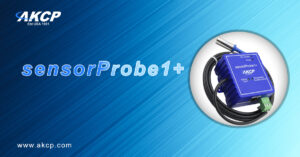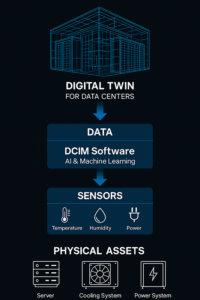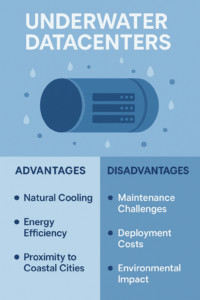In an era where artificial intelligence and cloud computing power our daily lives, the infrastructure supporting it has come under increasing scrutiny. This article considers the water usage of these digital behemoths. We'll examine how much water they consume, the growing backlash over their environmental and community impacts, comparisons to other water-intensive industries, and the innovative steps the sector is taking to quench its thirst more sustainably.
Progress continues on our 1MW Physical Twin Test Data Center. The latest milestone is the installation of the chilled water distribution piping system, which will deliver cooling water to the heat exchangers throughout the facility.
This stage is a critical part of our design, enabling efficient cooling for hot-aisle/cold-aisle containment and allowing us to replicate real-world thermal loads. By pairing the Physical Twin with our sensorCFD digital twin technology, we will demonstrate how integrated monitoring and advanced modeling can optimize energy efficiency, resilience, and sustainability in modern data centers.
In the ever-evolving world of data centers, efficient cooling is paramount to ensuring reliability, reducing energy costs, and extending equipment lifespan. As server densities increase and power consumption rises, traditional cooling methods often fall short, leading to hotspots, inefficiencies, and higher operational expenses. Aisle containment strategies, specifically hot aisle containment (HAC) and cold aisle containment (CAC), have become essential for separating hot and cold airflows, preventing mixing, and optimizing airflow management.
In the world of industrial monitoring, dry contacts play a crucial role in system integration. Understanding dry contacts can help you select the right type of dry contact for your application. In this blog post, we'll dive into what dry contacts are, explore the different types available, explain how isolation technology works, and provide practical tips on selecting the right type for your needs.
A data center contains the enterprise’s IT equipment, applications and critical data, so it’s essential to provide proper security systems and security policy.
AKCP, the world's oldest and largest manufacturer of networked wired and wireless sensor solutions, today announced a new option for its compact sensorProbe1+ (SP1+) monitoring device. The SP1+ is now available with a built-in NIST3 temperature sensor, delivering advanced temperature calibration checking and failover functionality directly integrated into the unit.
AKCP, the world’s leading manufacturer of environmental and power monitoring solutions, today announced a firmware update across its product line, introducing native BACnet protocol support. This allows seamless integration with Building Management Systems (BMS), reinforcing AKCP’s role as a trusted partner for data centers, telecommunications, and industrial facilities worldwide.
One of the many reasons it is vital to pinpoint hotspot areas is to negate a potential equipment failure
The concept of a digital twin has evolved rapidly in recent years, becoming an essential tool for improving operational efficiency, capacity planning, and sustainability in modern data centers.
As the world races to meet the insatiable demand for computing power while striving for energy efficiency, a new frontier in data center innovation has surfaced—beneath the ocean’s surface.


